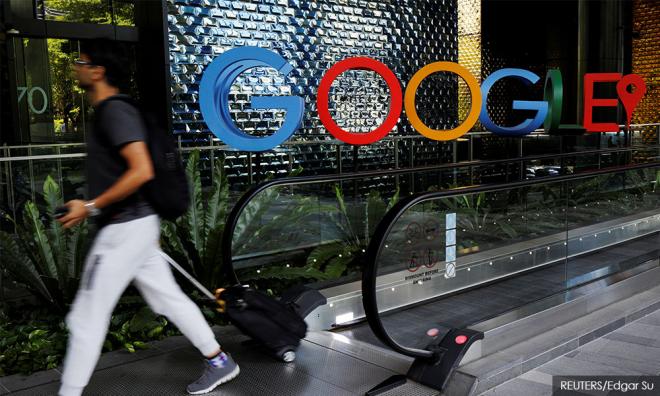
CORONAVIRUS | The number of people visiting retail and recreation outlets in Malaysia has gone down by 81 percent since Feb 16, according to Google.
This was unveiled in its "mobility changes" report which was intended to provide insights on how government stay at home policies were working.
The latest report for Malaysia measures mobility trends on March 29 against a baseline set on Feb 16.
Overall, Putrajaya's movement control order (MCO) appeared to have achieved its primary objective of enforced social distancing.
According to Google's data, traffic to retail and recreation outlets had been trending downwards slightly since early March and eventually nosedived as soon as the movement control order (MCO) was in place in the week beginning March 15.
As for grocery and pharmacy visits, the report suggested an unusual spike - nearing 40 percent - right before the MCO was implemented.
This tapered down to -58 percent by March 29.
Similarly, mobility trends for parks (which includes beaches), public transport stations and workplaces were down 68 percent, 83 percent and 52 percent respectively.
Mobility trends for residential areas were up 31 percent, compared to the Feb 16 baseline.
In contrast, Singapore which has not put strict movement controls in place saw a less severe drop in mobility.
The drop in workplace traffic was 15 percent and 40 percent for public transport hubs during the same period measured.
Retail traffic was down 28 percent while grocery traffic was only down six percent.

Reports used to help public officials
According to a statement by Google senior vice-president Jen Fitzpatrick and Google Health head Karen DeSalvo, Google used anonymised data of their users to compile these reports.
"Starting today we're publishing an early release of our Covid-19 Community Mobility Reports to provide insights into what has changed in response to work from home, shelter in place and other policies aimed at flattening the curve of this pandemic.
"These reports have been developed to be helpful while adhering to our stringent privacy protocols and policies," they said.
They also said that the data was the most recent representing 48-to-72 hours prior.
Fitzpatrick and DeSalvo said the reports can be useful to help public officials understand changes in essential trips that can shape recommendations on business hours or inform delivery service offerings.
The data can also be used when designing public transport schedules to allow people to travel room to spread out for social distancing.
"Ultimately, understanding not only whether people are travelling, but also trends in destinations, can help officials design guidance to protect public health and essential needs of communities," they said.

- Mkini


No comments:
Post a Comment
Note: Only a member of this blog may post a comment.